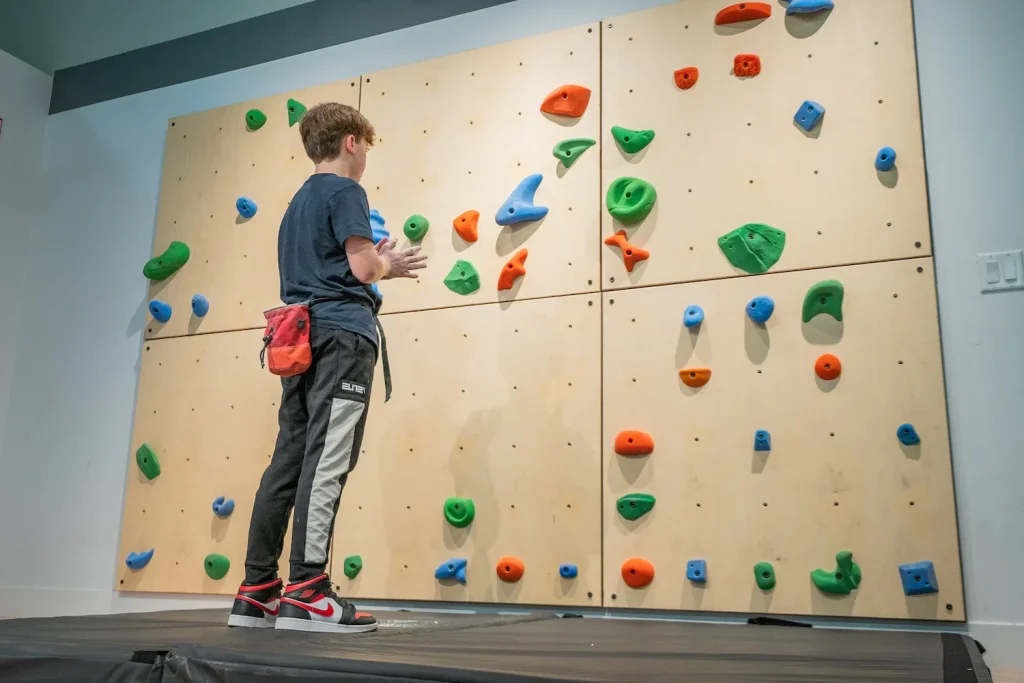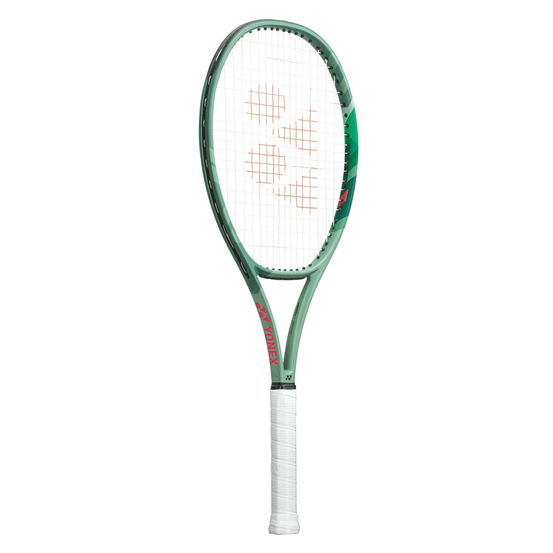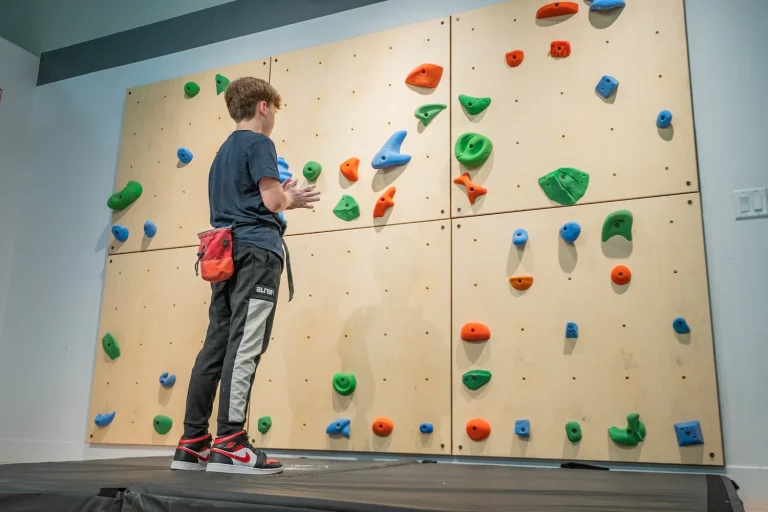
Designing a climbing room—whether for personal use, a school, or a professional facility—requires thoughtful planning, especially when it comes to wall surfaces. he choice of material plays a crucial role in the durability, safety, grip quality, and overall climbing experience. From plywood panels to textured composites, selecting the right surface can elevate your climbing wall from functional to exceptional.
If you’re considering building or upgrading a climbing space, here’s a detailed guide to the best surfaces used in modern climbing room walls.
1. Plywood: The Classic and Most Popular Choice
Plywood is the industry standard for indoor climbing walls, and for good reason. It’s affordable, versatile, and easy to install. Most commercial climbing walls use 18mm (¾ inch) thick birch plywood for its strength and resistance to splitting when drilled for holds.
Benefits:
- Smooth yet grippable surface
- Can be painted or coated for custom finishes
- Easy to drill and anchor holds
- Supports a variety of wall angles and volumes
Drawbacks:
- May become slippery over time without proper texture
- Requires sealing or painting to improve durability
2. Textured Panels: Enhanced Grip and Real-Rock Feel
Textured climbing wall panels are essentially plywood boards coated with a special mixture—often a combination of sand, epoxy, and paint—to provide extra friction. This surface mimics the feel of outdoor rock and offers better control for smearing and open-hand techniques.
Ideal For:
- Bouldering zones
- Training areas focusing on technique
- Walls in a salle d’escalade Vertical Bloc environment where surface variety adds to the challenge
Pros:
- Increases safety and foot stability
- Reduces reliance on holds for beginner climbers
- Customizable for different climbing grades
3. Resin-Based Composite Panels
Used in high-end climbing gyms and competition settings, resin-based panels offer a hyper-realistic rock surface with intricate features molded directly into the wall. They provide an immersive experience, simulating the feel of sandstone, limestone, or granite.
Pros:
- Extremely durable and long-lasting
- High visual appeal and realism
- Ideal for advanced route setting and natural movements
Cons:
- Expensive to install and maintain
- Difficult to modify once in place
4. Concrete or Brick Walls (With Safety Additions)
In converted spaces or home gyms, some climbers use existing brick or concrete walls. These require additional support structures or wood framing to install climbing holds safely. Using T-nuts directly in brick is not recommended, as it lacks flexibility and can cause cracks over time.
Recommendation:
If using a concrete base, always attach a layer of plywood or climbing panels over it to preserve structural safety and provide adequate grip.
5. Modular Panel Systems
Prefabricated modular systems are gaining popularity, especially in educational settings or multi-use facilities. These panels snap together or mount to a framework, often featuring interchangeable textures and embedded routes.
Benefits:
- Quick and easy installation
- Reconfigurable layouts
- Designed for youth or beginner climbing areas
Additional Considerations
- Friction Coatings: Many climbing centers apply an extra friction coat after panel installation to extend the life of the wall and improve grip.
- T-Nut Placement: Ensure panels are drilled with a uniform grid of T-nuts (usually every 4 to 6 inches) to support route versatility.
- Wall Angles: The material should support vertical, overhanging, and slab angles based on your climbing objectives.
Conclusion
The best surface for your climbing room wall depends on your goals, budget, and the level of climbers using the space. Plywood remains a favorite for its cost-efficiency and adaptability, while textured and composite panels offer higher-end options for immersive and realistic experiences.




